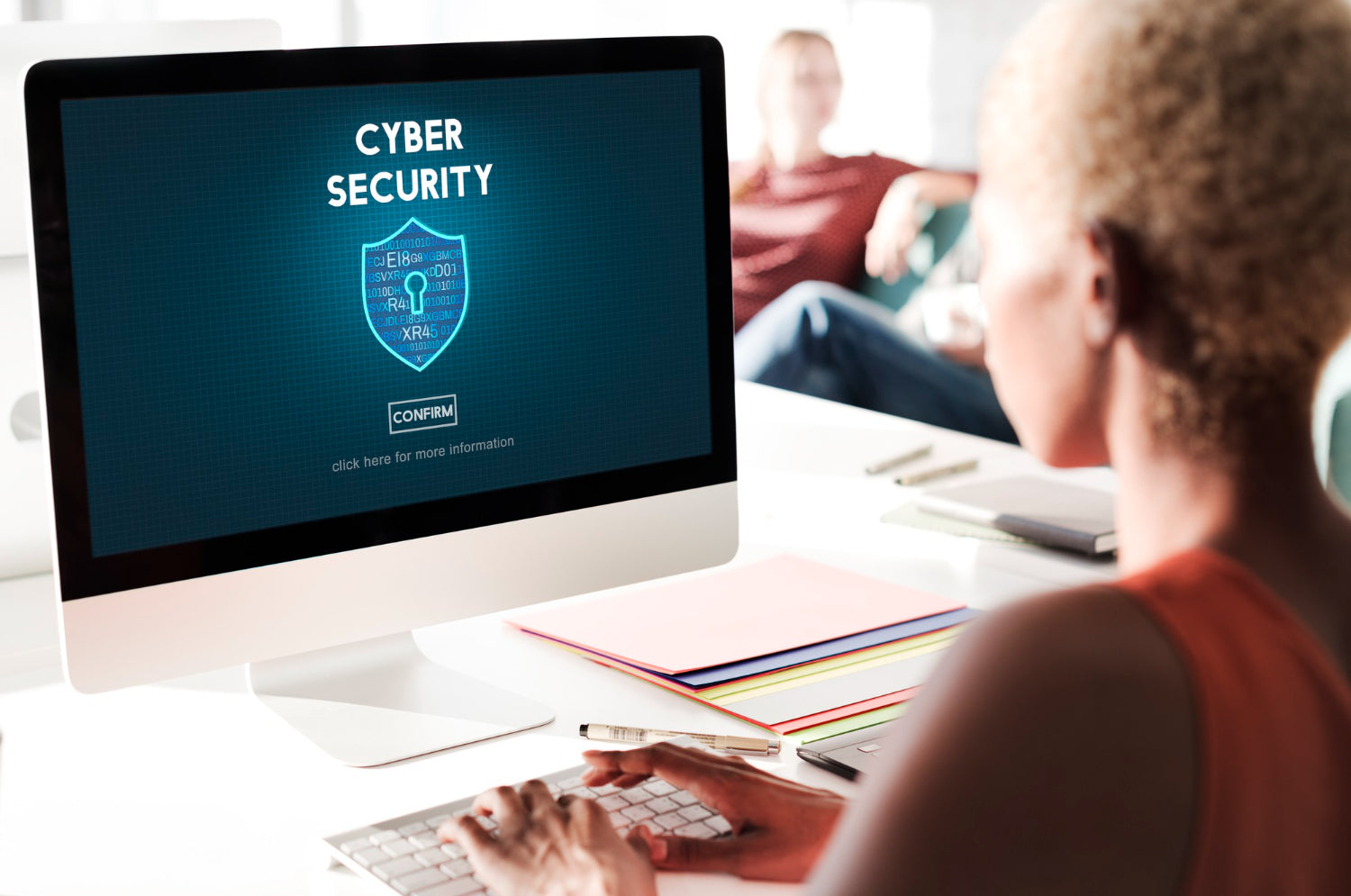

· By Codomo Singapore
The Role of Cybersecurity in Remote Work
The traditional office landscape underwent a transformative shift as the world rapidly embraced remote work after the COVID-19 pandemic.
With increased reliance on digital tools and connectivity, cybersecurity in remote work has never been more critical.
This blog post explores the role of cybersecurity in remote work, highlighting its significance in protecting sensitive information, maintaining productivity, and ensuring a safe digital environment for businesses and individuals alike.
Role of Cybersecurity in Remote Work
Evolving Cybersecurity Threats
The remote work revolution has created opportunities for individuals and organizations and opened new doors for cybercriminals. With employees accessing corporate networks from home or public spaces, the potential for security breaches has multiplied.
Cyber attackers are capitalizing on vulnerabilities in home networks, unsecured Wi-Fi connections, and the increased reliance on personal devices. Remote work has become a fertile ground for phishing attacks, ransomware, data breaches, and other cyber threats.
Therefore, implementing robust cybersecurity measures has become imperative to counter these evolving risks.
Protecting Sensitive Information
In remote work scenarios, sensitive data is frequently transmitted, stored, and accessed online.
From intellectual property to customer information and financial records, organizations need to ensure their data's confidentiality, integrity, and availability. Implementing encryption, strong access controls, and secure data storage mechanisms can help safeguard sensitive information from unauthorized access.
Additionally, employees should be educated about data privacy and encouraged to follow best practices such as using strong passwords, enabling two-factor authentication, and employing secure file-sharing methods.

Securing Remote Access
Remote work often requires employees to connect remotely to their organization's network and systems. This creates an entry point for cyber attackers to exploit vulnerabilities and gain unauthorized access.
Companies should adopt Virtual Private Networks (VPNs) to mitigate this risk to establish encrypted connections and protect sensitive data during transmission. VPNs add an extra layer of security by masking the user's IP address and encrypting all network traffic.
Implementing multi-factor authentication (MFA) further strengthens remote access security by requiring additional verification steps beyond a simple username and password.
Endpoint Security and Device Management
In remote work scenarios, employees use personal devices such as laptops, smartphones, and tablets to perform their tasks. However, the use of these devices introduces a potential security challenge.
Organizations must ensure that employees' devices meet minimum security requirements, such as installing necessary security patches and updates, using reputable antivirus software, and enabling full-disk encryption.
Establishing clear device management policies, including remote wiping capabilities for lost or stolen devices, is essential to prevent unauthorized access to sensitive data.
Training and Awareness
Remote work environments require employees to be more vigilant and proactive in identifying and mitigating cybersecurity threats.
Organizations should prioritize cybersecurity training and awareness programs to educate employees about common attack vectors, safe online practices, and how to spot potential phishing attempts.
By fostering a cybersecurity-conscious culture, businesses can empower their workforce to become the first line of defense against cyber threats.

Incident Response and Business Continuity
Despite robust cybersecurity measures, organizations must be prepared for potential security incidents. Remote work introduces unique challenges in incident response as rapid containment and mitigation become critical.
Organizations should have well-defined incident response plans that outline the roles and responsibilities of key stakeholders, incident escalation procedures, and communication protocols. Regular testing and simulation exercises can help identify gaps in the response plan and ensure preparedness for real-world incidents.
Additionally, organizations should have a robust business continuity plan to minimize the impact of security incidents and maintain operations during disruptions.
Collaboration and Secure Communication
Effective communication and collaboration are essential for remote teams. However, ensuring the security and privacy of these interactions is crucial.
Organizations should encourage using secure communication tools that provide end-to-end encryption, secure file-sharing capabilities, and built-in security features.
Encryption ensures that messages and files are only accessible to intended recipients, preventing unauthorized interception.
Additionally, employees should be wary of sharing sensitive information through unsecured channels such as public Wi-Fi networks or unencrypted email services.
Monitoring and Auditing
With remote work, monitoring employee activity becomes more challenging. However, it remains crucial to identify and respond to suspicious or malicious behavior promptly.
Implementing robust monitoring and auditing solutions can help detect anomalies, unauthorized access attempts, or data exfiltration.
Organizations can identify potential security breaches by monitoring network traffic, user behavior, and system logs and take appropriate action.

Regular Security Updates and Patch Management
Keeping all software, applications, and devices updated with the latest security patches is crucial in maintaining a secure remote work environment. Cyber attackers often exploit known vulnerabilities in outdated software to gain unauthorized access.
Organizations should implement a rigorous patch management process, ensuring that all devices and software used by remote employees are regularly updated with the latest security patches.
This practice reduces the risk of successful cyber attacks and strengthens cybersecurity defenses.
Secure Backup and Disaster Recovery
Remote work introduces additional challenges regarding data backup and disaster recovery.
Organizations must have secure backup solutions to regularly back up critical data from remote devices and ensure its availability in case of accidental deletion, hardware failure, or ransomware attacks.
Cloud-based backup solutions can provide an added layer of protection by storing data in secure off-site locations.
Additionally, organizations should establish comprehensive disaster recovery plans to quickly restore operations during a cybersecurity incident or other disruptive events.
Conclusion
The rapid shift towards remote work has brought numerous benefits and opportunities, but it has also exposed organizations to new and evolving cybersecurity threats.
Safeguarding sensitive information, securing remote access, training employees, and implementing robust incident response plans are vital components of a comprehensive cybersecurity strategy for remote work environments.
By prioritizing cybersecurity measures, organizations can ensure the resilience and integrity of their digital infrastructure, allowing remote workforces to thrive while staying protected in an ever-evolving threat landscape.
